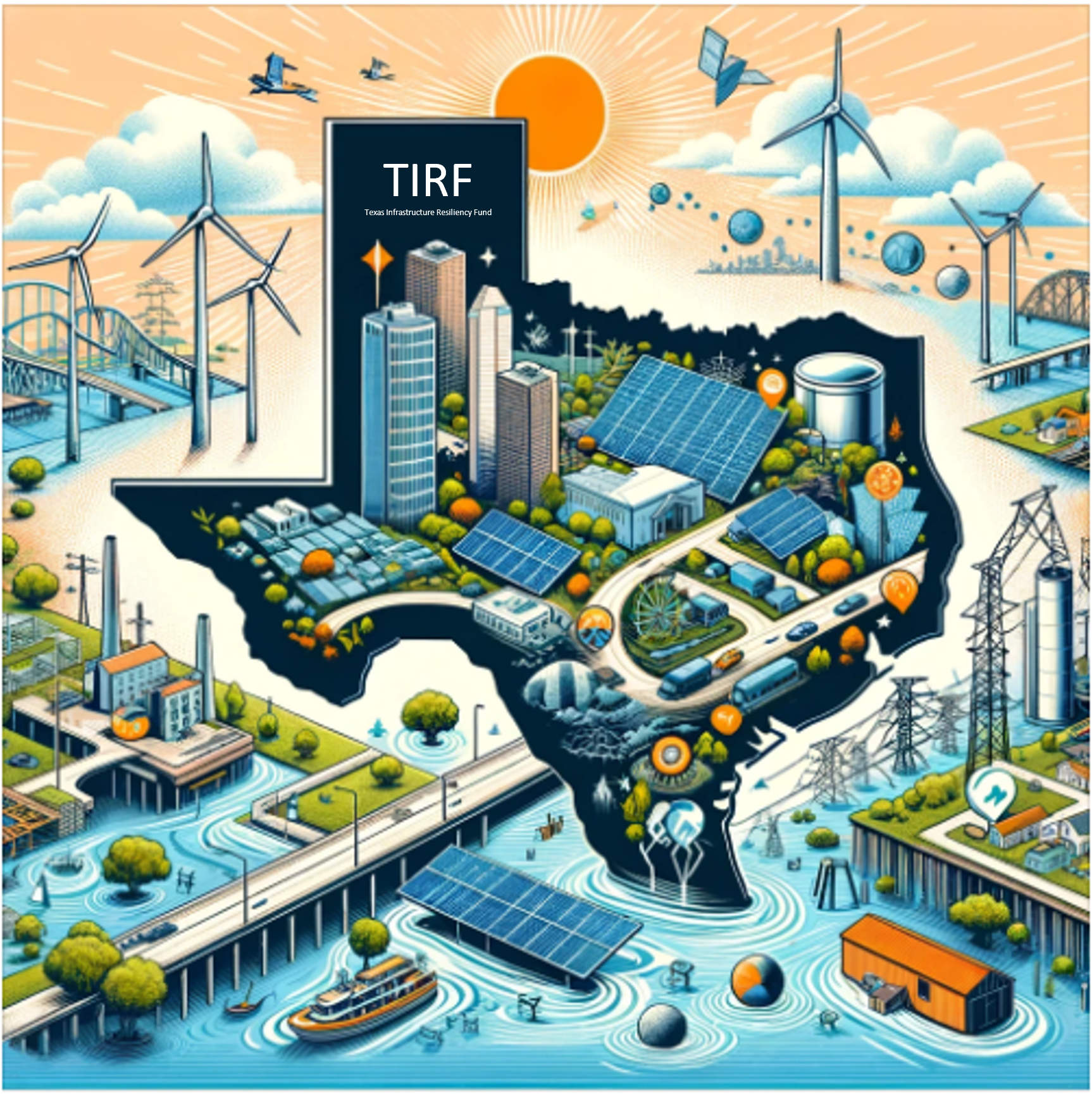Customized Microgrids

Unison Energy takes an agnostic approach to microgrid technology to optimize benefits for each client.
At Unison Energy, we provide on-site energy solutions that help our clients transition to zero carbon, achieve resiliency, and lower energy costs. With the passage of the Inflation Reduction Act legislation, now is the time for companies to act to take advantage of the 30+% tax incentives for microgrids.
Based on our clients’ priorities, we can customize our microgrids using a mix of generation technologies, including solar, battery energy storage, and cogeneration systems. Our Technology Council is constantly assessing the feasibility of new and evolving technologies, so that we can offer our clients optimized solutions — and continue to reassess these technologies over the life of the Energy Services Agreement as new technologies evolve and make economic sense.
Combined Heat & Power (CHP)
Cogeneration or CHP uses a single fuel source such as natural gas, biogas, or hydrogen to produce both electricity and thermal energy. Combustion gas turbines or reciprocating engines drive the generator, and waste heat from the exhaust and/or jacket water can be used to create hot water, steam, or chilled water. The hot water or steam can reduce the need for firing the facility’s boilers, while chilled water can be used in refrigeration or the HVAC system.
Cogeneration is included in the Inflation Reduction Act, supported by a 30% tax credit until the end of 2024. Cogeneration is 60-80% efficient, over twice the efficiency of a utility power plant, and a Unison Energy CHP system can cut a site’s carbon emissions by 20-60% anywhere in the U.S. As a technology, CHP dates to the late 1800s and remains one of the most energy-efficient solutions available today.
Solar Panels and Battery Storage
Photovoltaic (PV) panels and battery energy storage are a renewable, affordable technology that Unison Energy can deploy to typically lower a facility’s carbon footprint by 10-20%. During daily peaks when utility power is more polluting, solar helps reduce a facility’s grid usage. However, solar is not an ideal stand-alone solution for sites with high thermal loads.
On-site solar requires unobstructed sunlight and sufficient space in the form of carports, rooftops, or open fields — about 8.1 acres per MW according to the NREL. For 24/7 power support, a facility can add battery storage, though to support 1 MW of baseload demand would require 8 MW of solar and 30 MWh of storage. The Inflation Reduction Act supports a 30% tax credit for solar and battery storage.
Fuel Cells
Fuel cells work through an electrochemical process, converting the chemical energy of a fuel like hydrogen to produce electricity and heat. Although the production of the hydrogen fuel usually generates emissions, the fuel cell’s electrochemical reaction emits only water. Fuel cells are usually up to 60% efficient or up to 80-90% in CHP mode, and can be used in a wide range of applications. The Inflation Reduction Act supports the development of clean hydrogen that can be used in fuel cells.
Biodigesters, Biogas, and Renewable Natural Gas
In a biodigester, bacteria break down organic material into biogas, which can be used as a fuel. This process helps prevent methane from otherwise escaping into the atmosphere. As of 2020, some 121 biogas anaerobic digesters were in use for CHP in the U.S., and the Inflation Reduction Act expands the tax credit for biogas projects.
In its refined form, biogas is known as renewable natural gas (RNG). RNG is commonly injected into natural gas pipelines to reduce carbon intensity, and at least 55 natural gas companies in the U.S. accept RNG. Unison Energy can help clients use biogas or RNG in our CHP systems when feasible.
Central Plant Upgrades and Fleet Electrification
When adding a Unison Energy microgrid, facilities have the opportunity to upgrade their infrastructure at the same time, without capital investment. We work with clients to finance and install boiler replacements, new VFDs, and lighting upgrades that can maximize energy efficiency and reduce repair and maintenance costs.
Facilities also have the chance to support a switch to fleet electrification. With the Inflation Reduction Act offering incentives for EV vehicles, facilities will need a way to support the increased electric load without raising costs. We can design your microgrid to support your EV charging needs.

Emerging Technologies
Carbon capture and sequestration (CCS) is a promising technology that will play a major role in the energy transition as natural gas remains critical as a dispatchable fuel. The CCS process involves compressing or liquefying CO₂ for use or injecting it underground for permanent storage. Unison Energy is working with CCS vendors to install systems for our clients, while supplying the power for the process through our microgrids. The Inflation Reduction Act extends and increases the value of the Section 45Q tax credits for carbon capture & sequestration (CCS) projects that begin construction before 2033. Hydrogen is a fuel that produces only water when consumed for power generation.
Hydrogen is primarily used for industrial applications, and it can be blended into natural gas pipelines at 5-15% concentrations for more widespread usage. Hydrogen production typically produces carbon emissions, but costs are coming down for “blue” hydrogen, which uses CCS to capture about 70-95% of emissions, as well as “green” hydrogen, which is produced using renewable energy. The Inflation Reduction Act supports hydrogen with up to $3/kg for low-carbon production.
The Right Technologies for the Energy Transition
On-site energy generation can offer facilities cost savings, energy resiliency, and reduced emissions. With your goals in mind, we can assess your site and discuss the best technology options for you.
To learn more about how a Unison Energy microgrid could benefit your facility, click here to contact a Unison Energy sales representative.
Energy insights, delivered
Subscribe for more content.
Related Blogs

The Texas Infrastructure Resiliency Fund: Empowering Businesses with Onsite Microgrids
Deadlines for the Inflation Reduction Act
Canadian Carbon Reduction Incentives: What You Should Know